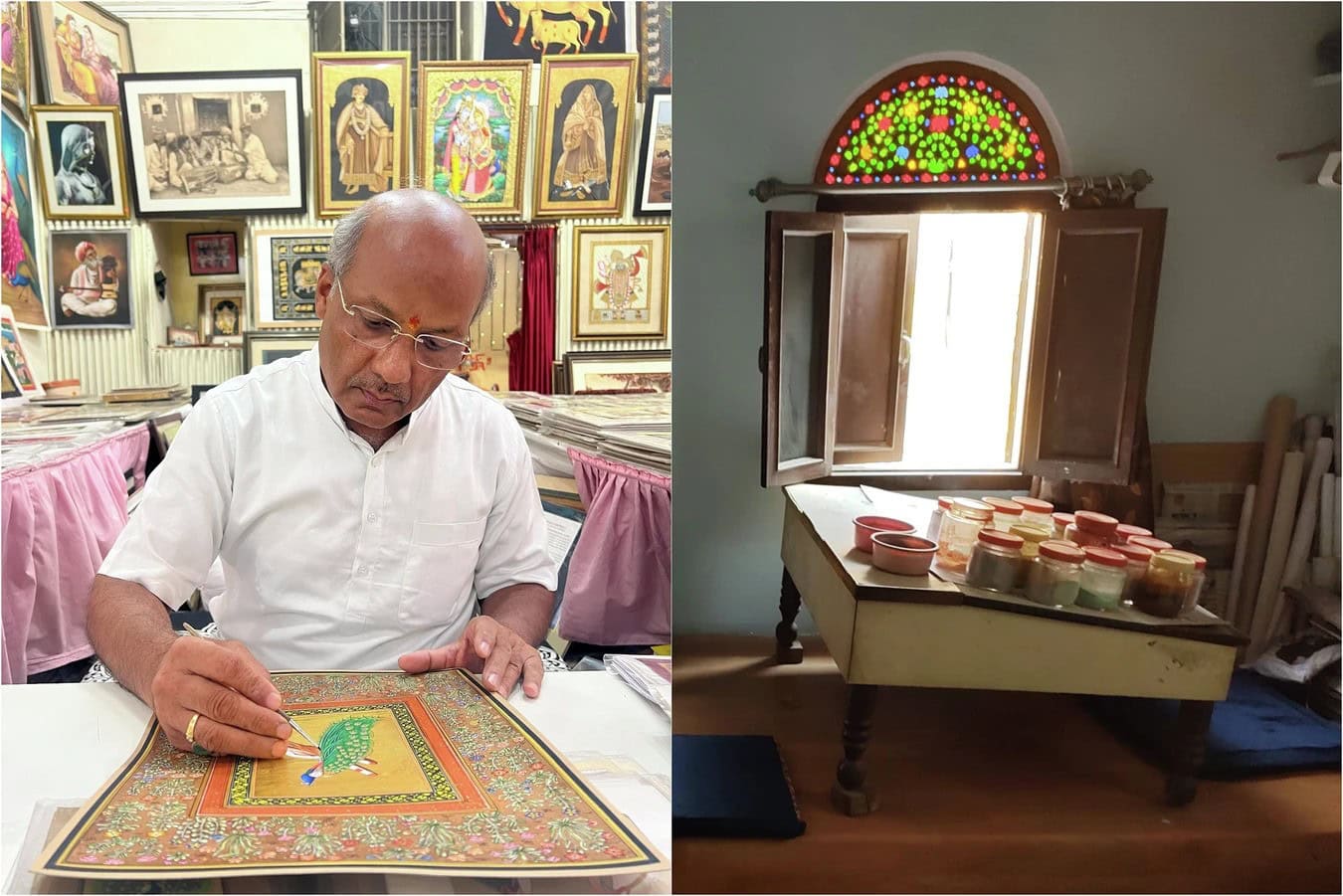
[Image above] Example of the ceramic coins made in Japan at the end of World War II. The coins ranged in color from bright red to dark brown depending on the firing temperature. Credit: Wikimedia (Public domain)
People often picture the holy grail of treasure hunting as chests heaped full of precious metal objects in the form of jewelry, coins, and other valuables. But while it is exciting to discover that a shiny piece of metal is just the tip of a thousands-strong hoard of ancient Roman coins, sometimes the most revealing findings about early societies are less flashy, such as food residue on old crockery.
Here on CTT, we regularly discuss the insights that ceramic sherds offer into various global cultures, such as here, here, and here. Today, we trace the influence of another small ceramic object that, for various reasons, has been used as legal tender and for other purposes throughout history—ceramic coins.
Ceramic coins in ancient history
The first use of coins as a standardized form of currency is often attributed to the Kingdom of Lydia in Asia Minor (modern-day Türkiye) during the 7th century BCE. Before then, societies used various objects as currency, including clay tablets during King Hammurabi’s reign in ancient Babylon (the tablets were used similarly to modern cash and bank cards). In some Mediterranean regions during the Bronze Age, people used engraved round clay markers with symbols representing their value, essentially acting as early forms of coins.
Once coins started being used for currency, some societies regularly used clay coins in circulation. For example, in Thailand, baked clay coins were standard legal tender from the pre-Sukhothai era (before 1238) until the reign of King Rama IV. In most cases, however, coins were made of metal due to the material’s durability and inherent value compared to ceramics.
Despite this preference for metal, some circumstances still called for the use of clay coins. In ancient China, clay coins known as Tuqian (“dirt cash”) were used in funerary rituals to deter robbers from disturbing the grave. During Mathasingh’s brief reign in Nepal in 1328, clay coins were issued to laborers, who could only exchange them for “real” (i.e., metal) coins after collecting enough.
Other early societies that used nonmetal coins include the ancient Syrian city of Palmyra, which used terracotta tokens in religious festivals between the1st to 3rd century CE, and Egypt and Arabia, which used glass coins for either currency or as weights (numismatists debate the exact purpose).
The American Numismatic Society has a collection of terracotta and porcelain coins from different eras, including a terracotta coin of Seleucus I Nicator (a Macedonian Greek general) dating from 312–281 BCE. The Society also has porcelain gaming tokens produced in China that circulated as local money in Siam (modern Thailand) between 1760 and 1875.
Ceramic coins in the 20th century
World War I and World War II brought ceramic coins back into the market because of metal shortages. For example, between the years 1915 and 1923 in Germany, Notgeld coins were made from both red stoneware and white porcelain to serve as emergency coins (though some were produced as sets for collectors). Also during the 1920s, ceramic coins were made and circulated in some regions of Portugal because of extreme inflation.
Near the end of World War II, Japan was also running out of metal. So, the country’s government turned to ceramic coins as the answer. The government tasked companies such as Kyoto-based Shofu Kogyo Company to produce ceramic coins in various denominations.
The coins were initially produced using white-colored porcelain. After the prototypes were approved, circulation-issue pieces were made from a clay mixture of 60% Sankansaka clay, 15% granite, 15% red clay, and 10% other materials. The clay was formed into planchets (disks) and impressed with dies before firing at 1,250°C. The final color varied between red and brown due to temperature differences during firing.
The coins’ release was delayed until July 1945 because of manufacturing issues and air raids. Only a month later, the Japanese surrendered, and many of the ceramic coins were destroyed under a national order. This destruction of the ceramic coins led to their designation as maboroshi (“phantom currency” or “ghost coins”).
Fortunately for historians and numismatists, in August 2023, more than 500,000 of these ghost coins were discovered in a Shofu Global warehouse in Kyoto. The coins have a diameter of 15 millimeters, with Mount Fuji decorating one side and cherry blossoms on the other.
Except for a donation of 100 coins to Shofu Global (the descendant of Shofu Kogyo Company), the coins were sent to the Japanese Mint Bureau headquarters in the Kita district of Osaka for examination and future exhibition in the Coin Museum. The exhibition was also scheduled to travel to other branches, including in the cities of Saitama and Osaka.
For further information on the Japanese coins, watch this video. A book providing more details is also available.
Ceramic coins live on
Today, most coins used for currency are made from a combination of copper, zinc, and nickel (at least five countries have stopped making low-denomination coins). However, in 2022, Castlemaine, Australia, launched a clay coin currency to strengthen the town’s local economy.
Besides currency, some ceramic coins are being produced for other functions in modern society. For example, in India, Anna coins used during the 1920s are now being made as collectors’ item by local women’s groups to honor their country’s history. The coins are hand glazed in sepia tones before firing in a clay oven.
Additionally, ceramic challenge coins are used to recognize special achievements or welcome new members to an organization. Some coins have a translucent enamel applied over certain areas, creating a stained-glass-like effect. You can even buy custom poker chips made from ceramics!
Author
Laurel Sheppard
CTT Categories
- Art & Archaeology
Related Posts
Celebrating the US Semiquincentennial: Ohio Creativity Trail
December 16, 2025
Lithophanes: Dedicated museum sheds light on these porcelain artworks
November 13, 2025


